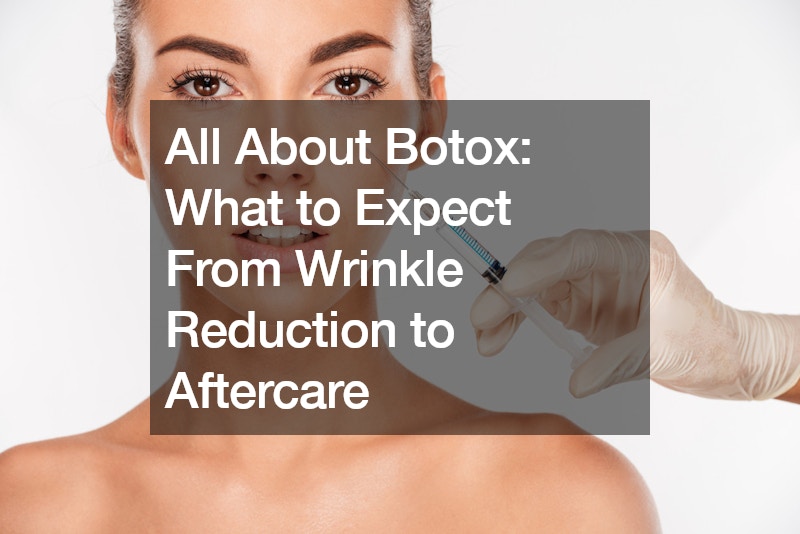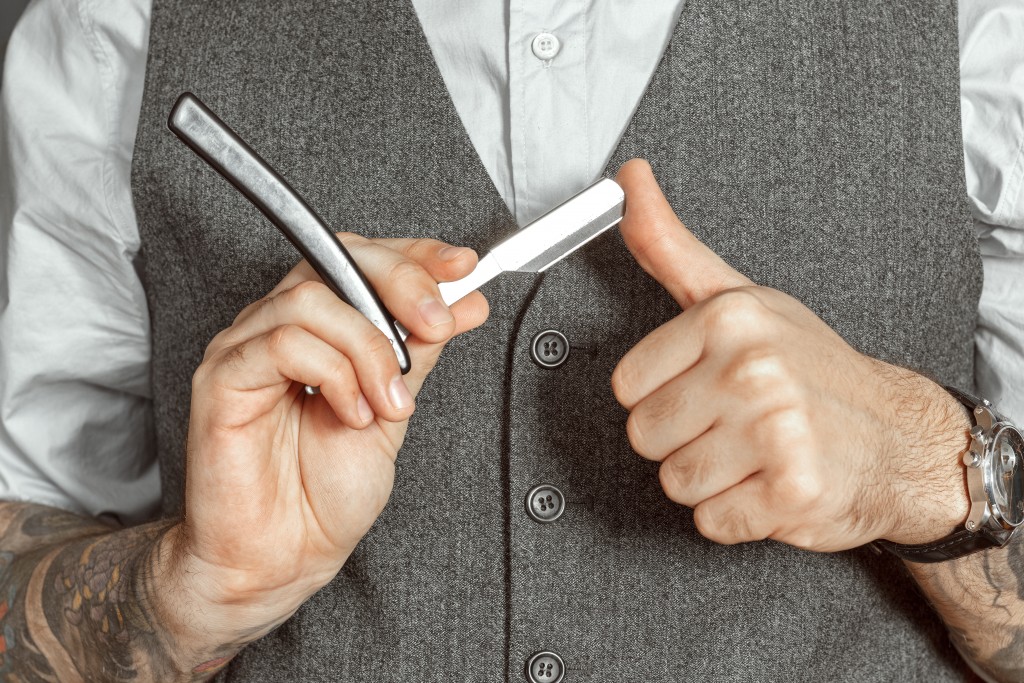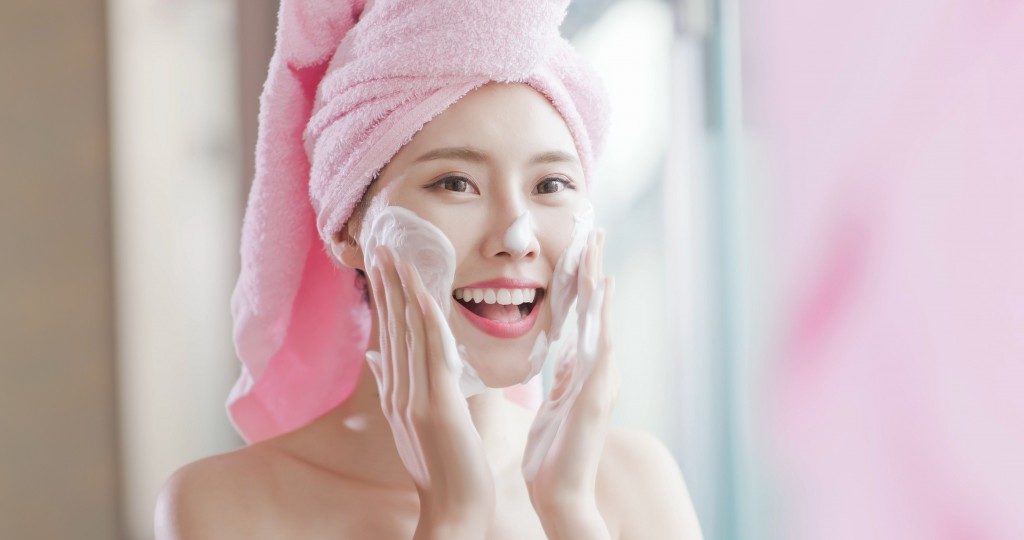Botox, a name synonymous with wrinkle reduction, has become a popular choice for those seeking a non-surgical face lift. But what exactly is Botox, and what can you expect from the treatment process? This article will delve into everything you need to know about Botox, from its mechanism of action to aftercare tips.
Understanding Botox: A Neuromodulator for Smoother Skin
Botox, an abbreviation for Botulinum Toxin Type A, is a purified protein derived from the bacterium Clostridium botulinum. Although this bacterium can cause the severe illness known as botulism, Botox, when administered in controlled, tiny doses by a qualified medical professional, is a safe and effective treatment for a variety of cosmetic and medical conditions.
Botox functions by temporarily inhibiting the nerve signals to muscles. For wrinkle reduction, it specifically targets the muscles involved in facial expressions such as frowning and squinting. By relaxing these muscles, Botox diminishes the appearance of wrinkles and fine lines that develop from repeated muscle contractions.
The Effects of Botox: A Smoother Look That Gradually Returns
The results of Botox injections typically take 3-7 days to become noticeable, with the full effect kicking in within 1-2 weeks. Once active, Botox can smooth wrinkles and fine lines around the forehead, eyes (crow’s feet), and mouth (frown lines). The effects, however, are not permanent. As the body gradually metabolizes the Botox, muscle function returns, and wrinkles start to reappear. The duration of the effects can vary depending on individual factors like metabolism, muscle strength, and the amount of Botox used. Generally, you can expect to see results lasting for 3-4 months, at which point you may consider a follow-up treatment to maintain the smooth appearance.
Who Can Benefit from Botox? Addressing Early Signs of Aging
Botox is most effective for addressing the early signs of aging, like fine lines and wrinkles caused by repeated muscle contractions. Ideal candidates are typically individuals in their late 30s to late 50s who want to prevent wrinkles from deepening or are looking for a subtle, non-surgical way to refresh their appearance.
Botox can also be used for other cosmetic purposes like jaw slimming or brow arch enhancement. Additionally, it has medical applications in treating conditions like chronic headaches, migraines, excessive sweating (hyperhidrosis), and muscle spasms.
The Consultation: Discussing Goals and Assessing Suitability
Before undergoing any Botox treatment, a consultation with a board-certified dermatologist or plastic surgeon is crucial. During this consultation, the doctor will discuss your goals and expectations from the treatment. They will also examine your face to assess the areas of concern, muscle strength, and suitability for Botox. This is a great opportunity to ask any questions you may have about the procedure, potential side effects, and desired outcomes.
Remember, a good doctor will never pressure you into getting Botox. They will ensure you understand the treatment fully and are comfortable with the process.
The Botox Procedure: A Quick and Relatively Painless Experience
The Botox procedure itself is typically quick and relatively painless. It’s often performed in a doctor’s office setting and takes about 10-20 minutes. A very fine needle is used to inject small amounts of Botox into specific muscles. While some discomfort may be experienced, many doctors apply a topical numbing cream beforehand to minimize any sensation.
Aftercare Tips: Optimizing Results and Minimizing Side Effects
While there are no strict aftercare restrictions following a Botox procedure, some simple tips can help optimize results and minimize the chance of side effects.
- Avoid strenuous exercise for 24 hours: This will help prevent the Botox from migrating from the injection site.
- Minimize touching or rubbing the treated areas: This can irritate the injection sites and potentially affect the distribution of the Botox.
- Sleep on your back: Sleeping on your face for a few days after treatment is discouraged, as it can put pressure on the injection sites.
- Avoid facials or massages: These activities can also irritate the injection sites and should be avoided for a few days after treatment.
Side Effects: Understanding What to Expect
The most common side effects associated with Botox are mild and temporary. These may include:
- Redness, swelling, or bruising at the injection site: These typically resolve within a few days.
- Headaches: These are usually mild and can be managed with over-the-counter pain medication.
- Temporary flu-like symptoms: Some people may experience mild flu-like symptoms following the procedure, but these usually subside within a day or two.
Serious side effects from Botox are extremely rare when administered by a qualified medical professional. However, it’s important to be aware of the signs and symptoms and seek immediate medical attention if you experience
.








